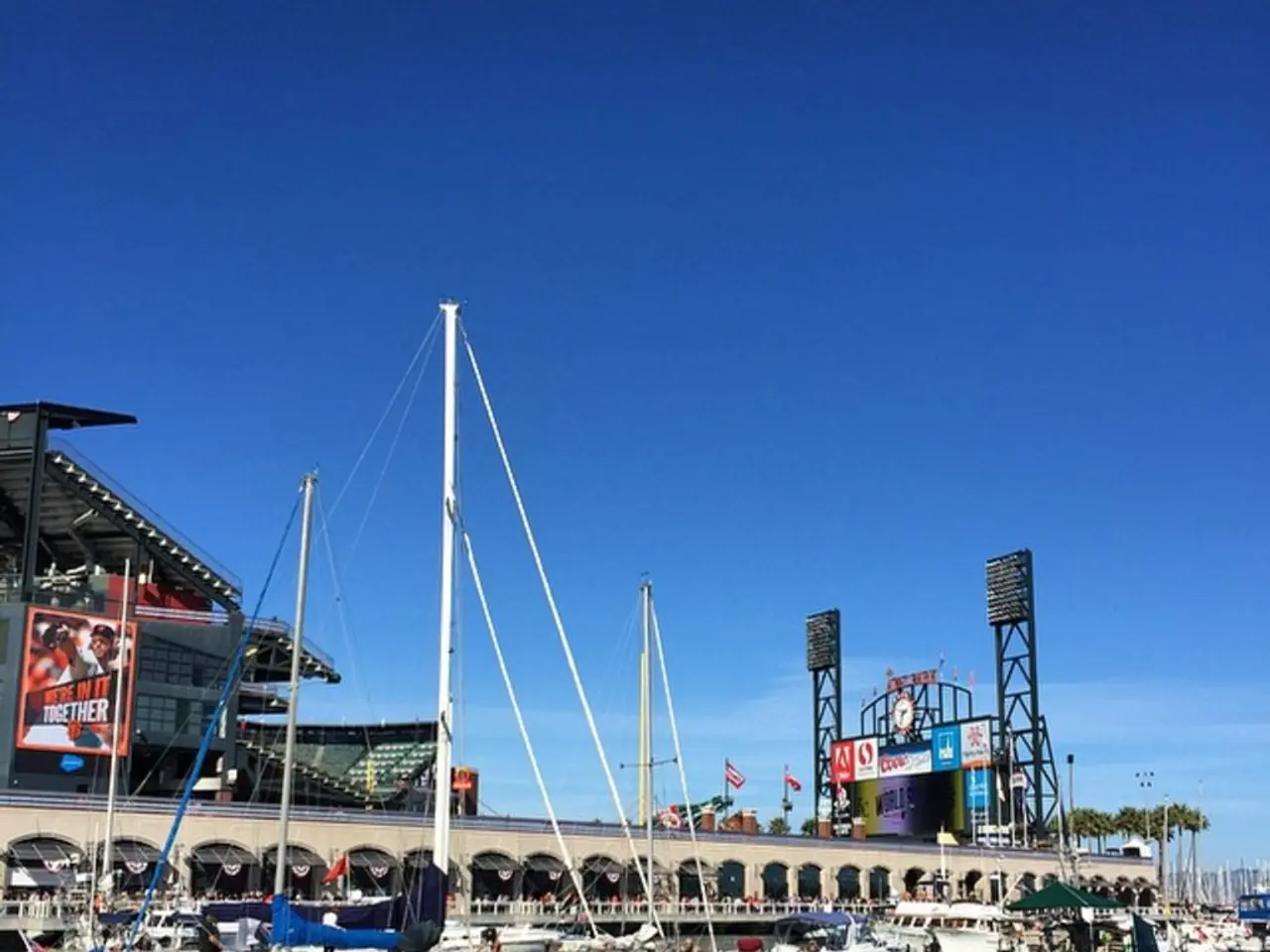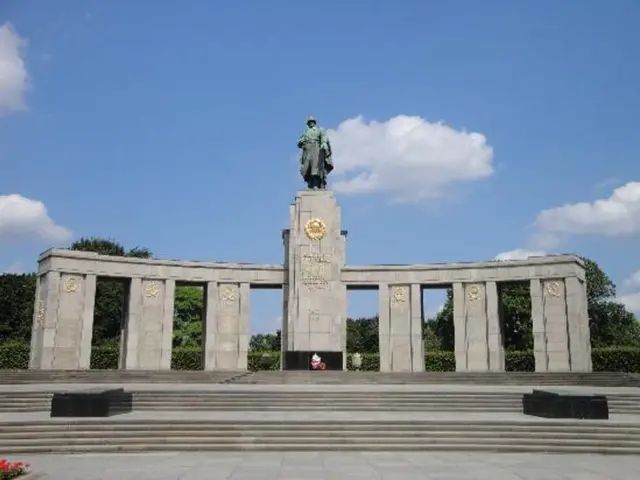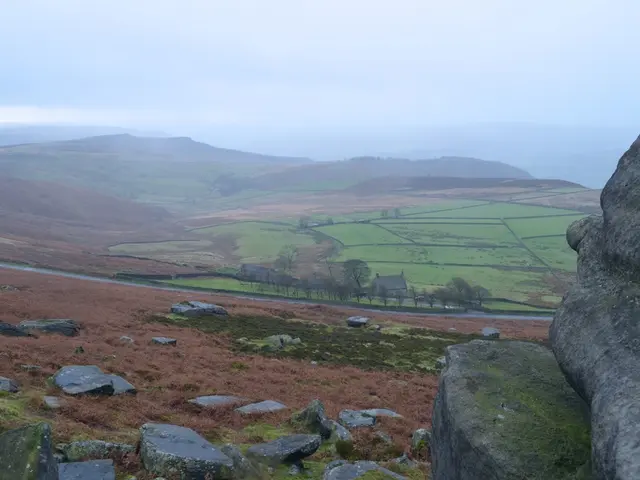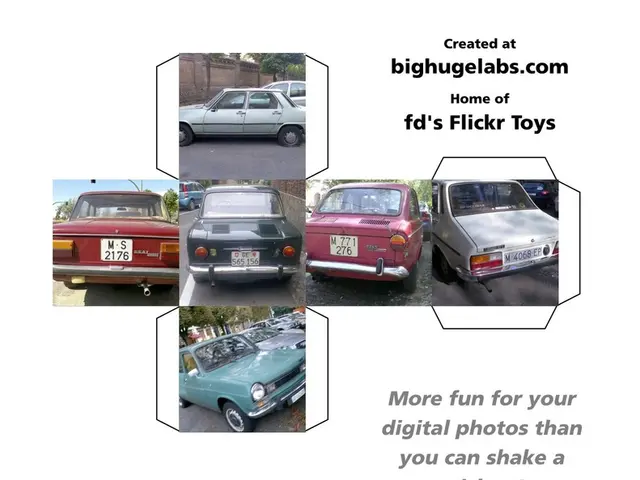Canal du Centre's Shoreline, Beating with Burgundy's Cadence
In the picturesque region of Burgundy, France, the Blondel family embarked on a week-long water vacation, navigating the historic Canal du Centre. The family's journey was marked by scenic stops, technical feats, and a touch of local history.
The canal, with its narrow and treacherous docks, presented a challenge during departure, causing a small mishap. But the family, undeterred, pressed on, their 15-meter boat cruising at a steady 8 km/h.
One of the highlights of their journey was a stop at Paray-le-Monial, a city nicknamed "the City of the Sacred Heart" due to its famous Romanesque basilica, built in the 12th century. The basilica, an essential stop for both pilgrims and vacationers, offered a tranquil respite for the Blondel family.
During their stay, Xavier Blondel, the father and captain of the boat, allowed his son, Bastien (16 years old), to take the helm along the canal. Bastien, who dreams of being a trawler captain, relished the opportunity and navigated the boat with newfound confidence.
As the family continued their journey, they passed over the Loire river, a technical feat made possible by the Digoin aqueduct, constructed in 1838. This engineering marvel provided a water link between the Mediterranean and Atlantic facades, spanning an impressive 243 meters.
The canal's historical significance was evident as the family ventured further. The Canal du Centre was historically linked to several factories producing earthenware products, forming the "Ceramic Valley." These factories exported their ceramics, including tiles and glazed bricks, facilitated by the Digoin aqueduct.
The Blondel family's voyage also took them to the Perrusson villa, an emblem of local know-how in ceramics production. The villa, a few kilometers further, showcased the rich history and craftsmanship of the region's ceramic industry.
After visiting Paray-le-Monial and the Perrusson villa, the Blondel family set off again, preparing for more lock passages and continued navigation on the canal. Despite the initial difficulty, the journey has been relatively calm for the Blondel family, offering them a unique and memorable experience.
Read also:
- Enhancing Marketing Efforts Through Creative Design!
- Top 3 Standout PS5 Role-Playing Games Apart from Cyberpunk 2077
- Substantial Gain for PS Plus in Recent Months - Featured Free Platformer as Impressive as Astro Bot
- Greenland filmmaker Inuk Silis Høegh is preparing his feature documentary 'Orsoq,' which focuses on life in isolation at the Earth's extremity.






